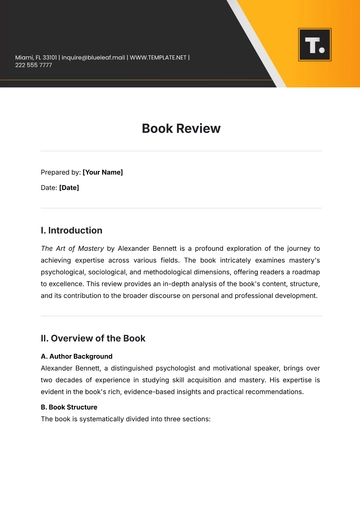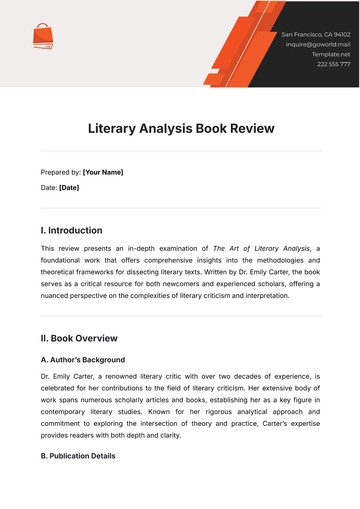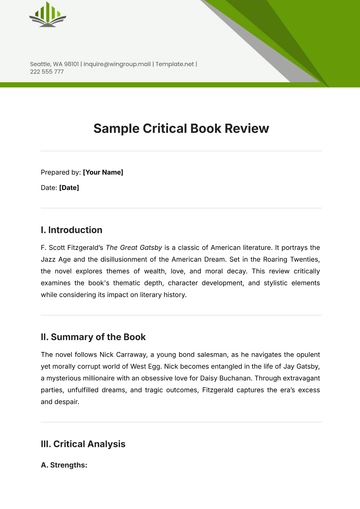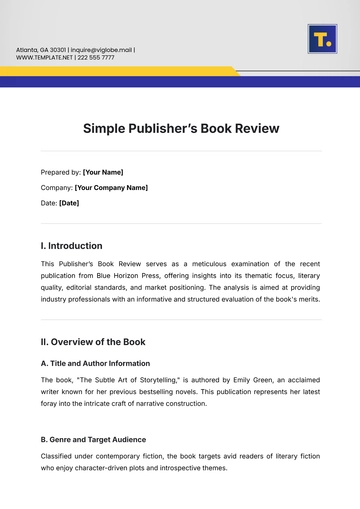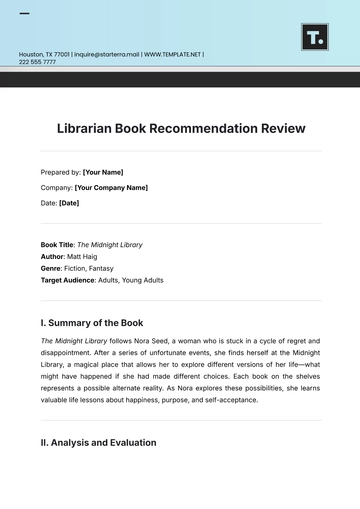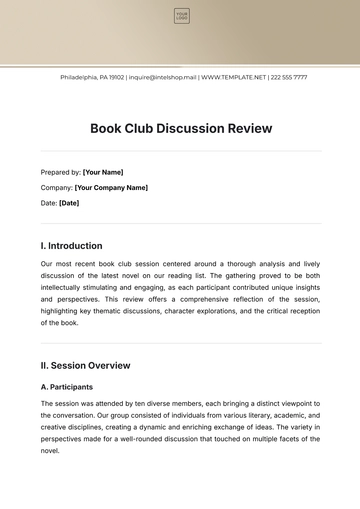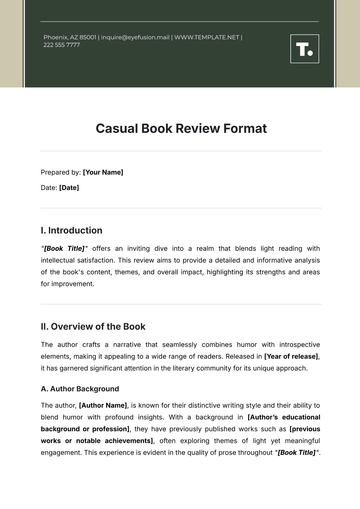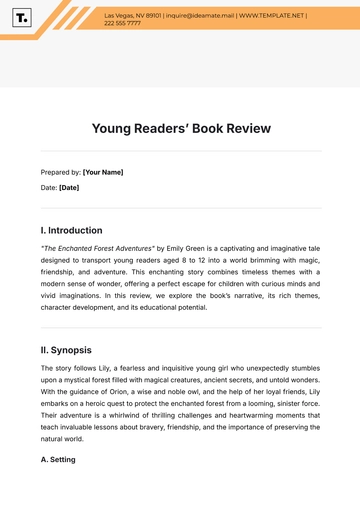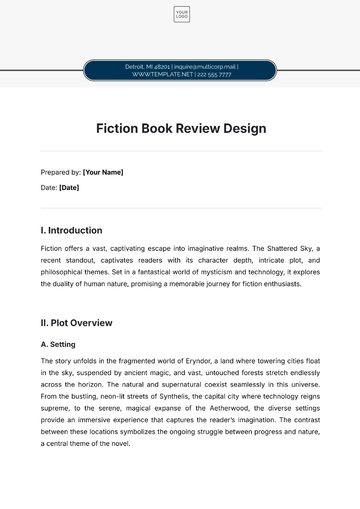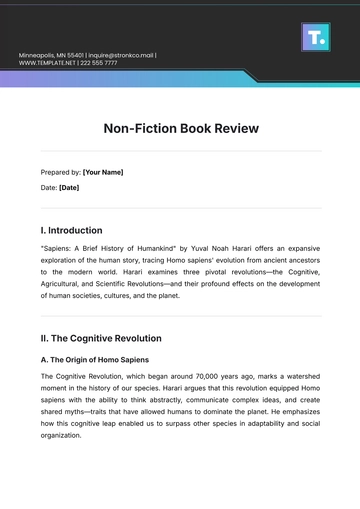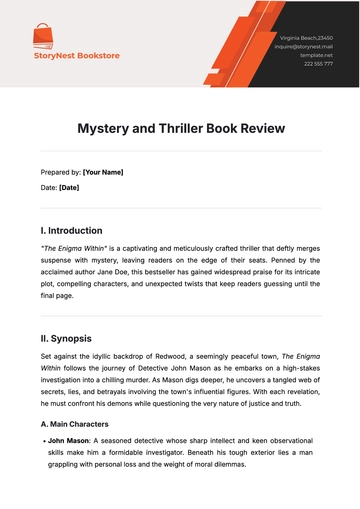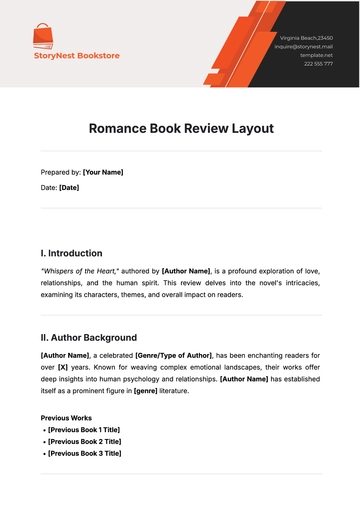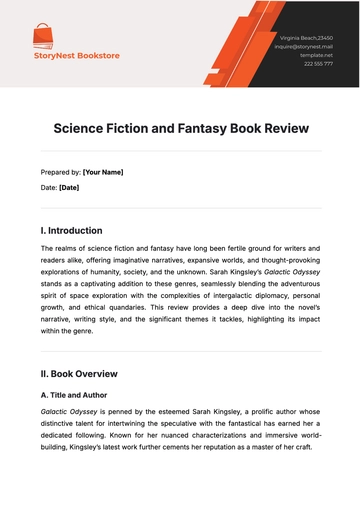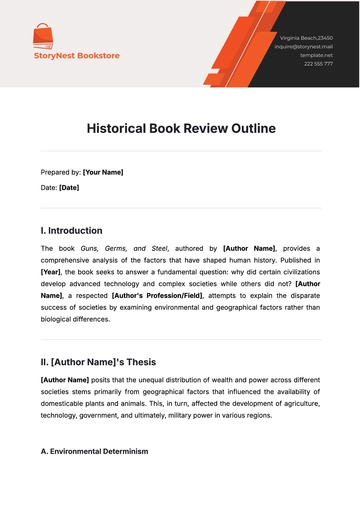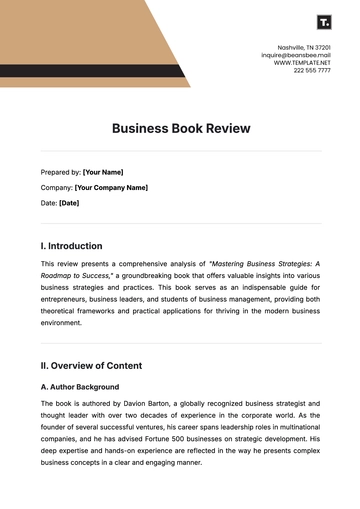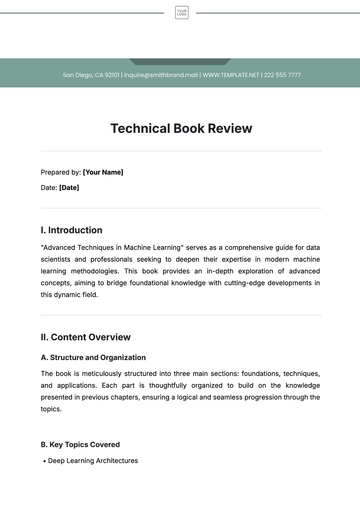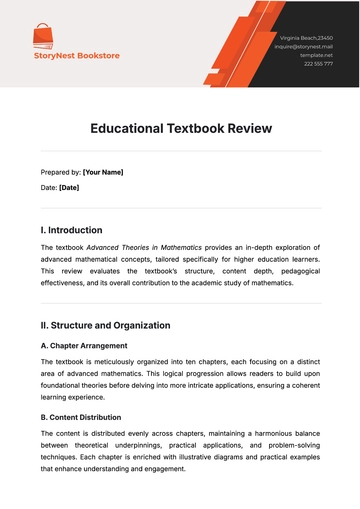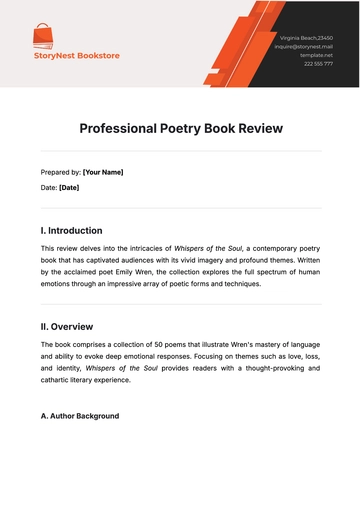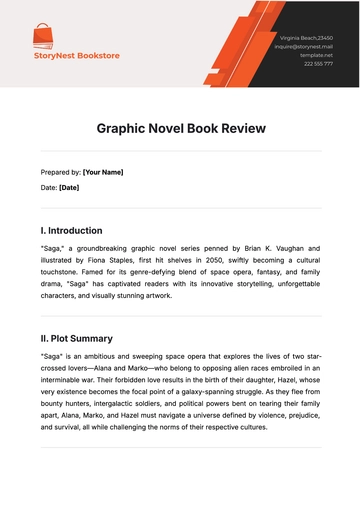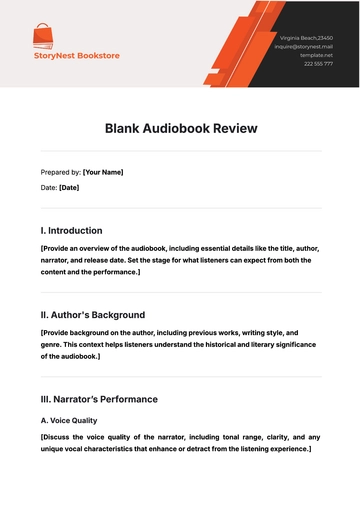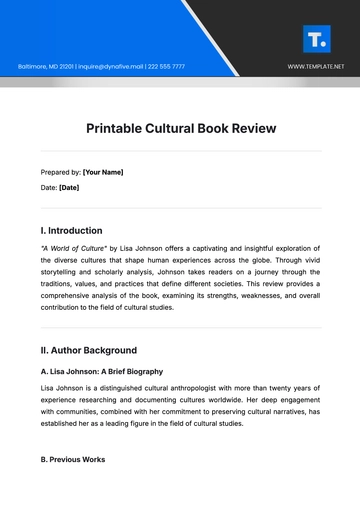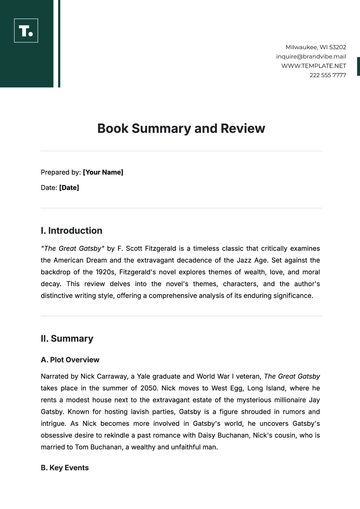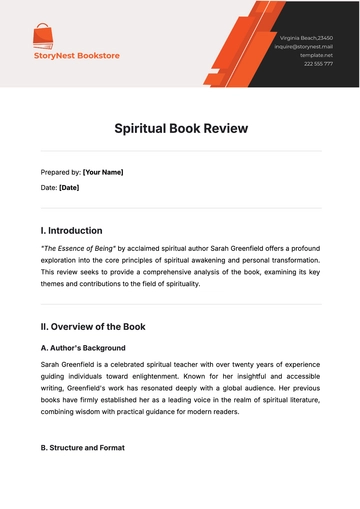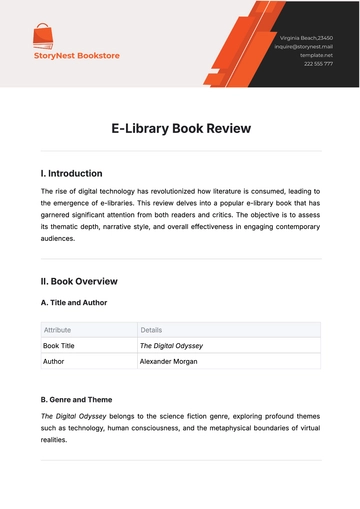Free Match Book Summary
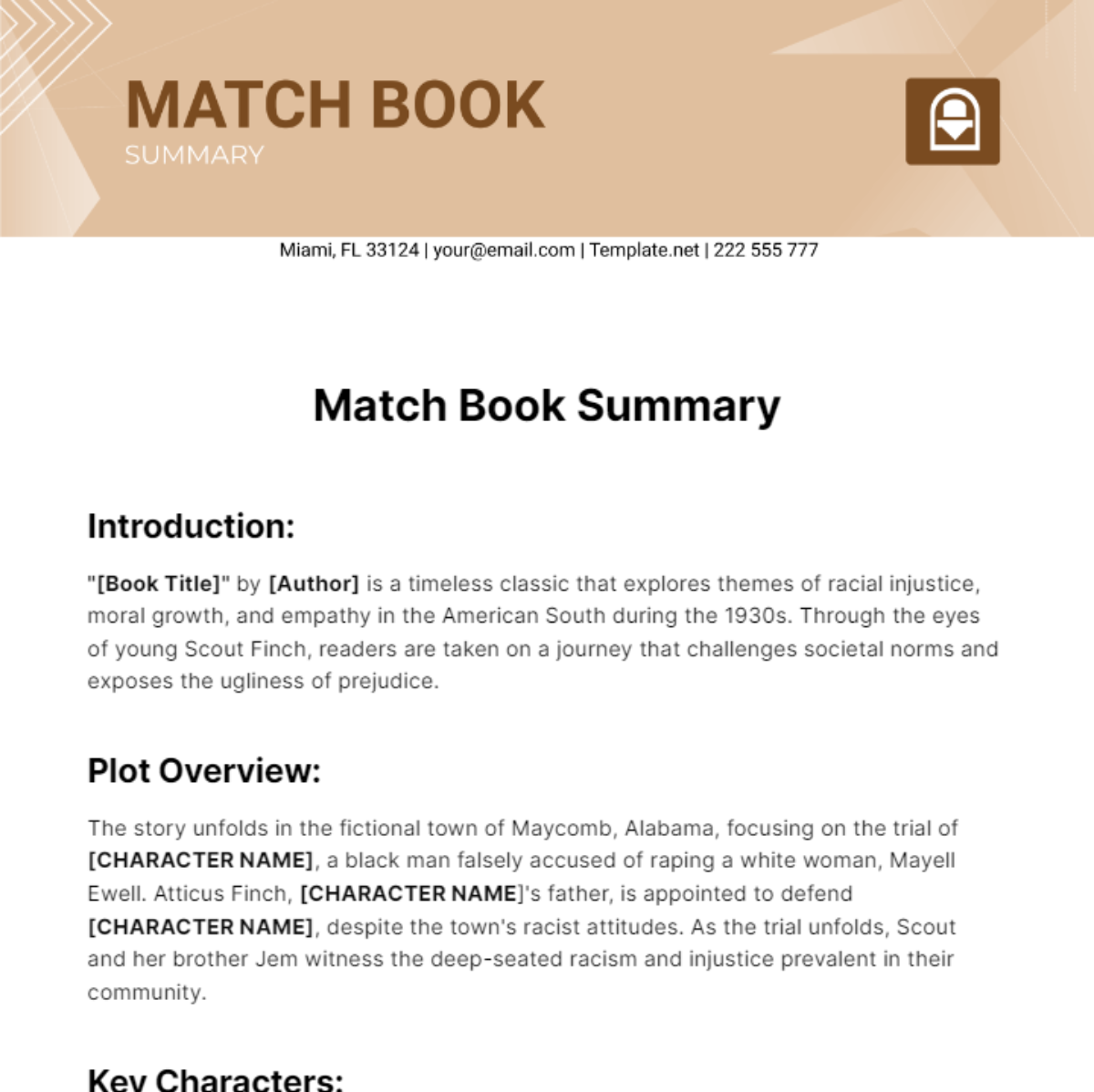
Introduction:
"[Book Title]" by [Author] is a timeless classic that explores themes of racial injustice, moral growth, and empathy in the American South during the 1930s. Through the eyes of young Scout Finch, readers are taken on a journey that challenges societal norms and exposes the ugliness of prejudice.
Plot Overview:
The story unfolds in the fictional town of Maycomb, Alabama, focusing on the trial of [CHARACTER NAME], a black man falsely accused of raping a white woman, Mayell Ewell. Atticus Finch, [CHARACTER NAME]'s father, is appointed to defend [CHARACTER NAME], despite the town's racist attitudes. As the trial unfolds, Scout and her brother Jem witness the deep-seated racism and injustice prevalent in their community.
Key Characters:
Scout Finch: The protagonist and narrator of the story. A young girl who learns about empathy and morality through her experiences.
Atticus Finch: Scout's father and a respected lawyer in Maycomb. Known for his integrity and unwavering commitment to justice.
Jem Finch: Scout's older brother, who grapples with the harsh realities of racism and injustice as he grows up.
Themes:
Racial Injustice: The novel sheds light on the pervasive racism and discrimination faced by African Americans in the South.
Morality and Integrity: Atticus teaches his children the importance of standing up for what is right, even when it is difficult.
Loss of Innocence: Scout and Jem's coming-of-age journey is marked by disillusionment and the loss of childhood innocence as they confront the harsh realities of their society.
Symbolism:
The Mockingbird: Symbolizes innocence and kindness. Atticus teaches his children that it is a sin to kill a mockingbird, as they only bring joy through their songs.
The Radley House: Represents fear of the unknown and the consequences of prejudice and gossip.
Literary Analysis:
Narrative Style: Harper Lee utilizes a first-person narrative, narrated by [CHARACTER'S NAME], providing readers with a child's innocent yet perceptive viewpoint of [EVENTS].
Foreshadowing: Lee skilfully incorporates foreshadowing, subtly hinting at the eventual outcome of [KEY EVENT] and the underlying societal issues prevalent in [SETTING].
Impact and Legacy:
Social Commentary: "[Title of Book]" continues to serve as a powerful social commentary, challenging readers to confront issues of racism, inequality, and justice.
Educational Significance: The novel is frequently taught in schools for its relevance to contemporary issues and its timeless lessons on empathy and compassion.
Conclusion:
"In conclusion, "[Title of Book]" offers a profound examination of themes such as justice, morality, and the human experience. With its engaging storytelling and well-developed characters, this literary gem remains relevant across generations, urging readers to grapple with societal nuances and embrace empathy and insight."
Summarized By: [YOUR NAME]
- 100% Customizable, free editor
- Access 1 Million+ Templates, photo’s & graphics
- Download or share as a template
- Click and replace photos, graphics, text, backgrounds
- Resize, crop, AI write & more
- Access advanced editor
Introducing the Match Book Summary Template from Template.net, your go-to resource for top-notch solutions. This editable and customizable template, crafted with precision, is your key to effortlessly creating captivating book summaries. Harness the power of customization with ease, all within our user-friendly Ai Editor Tool. Elevate your summarization game now!
